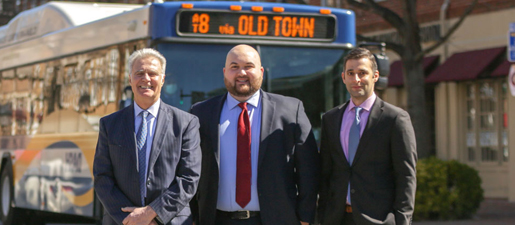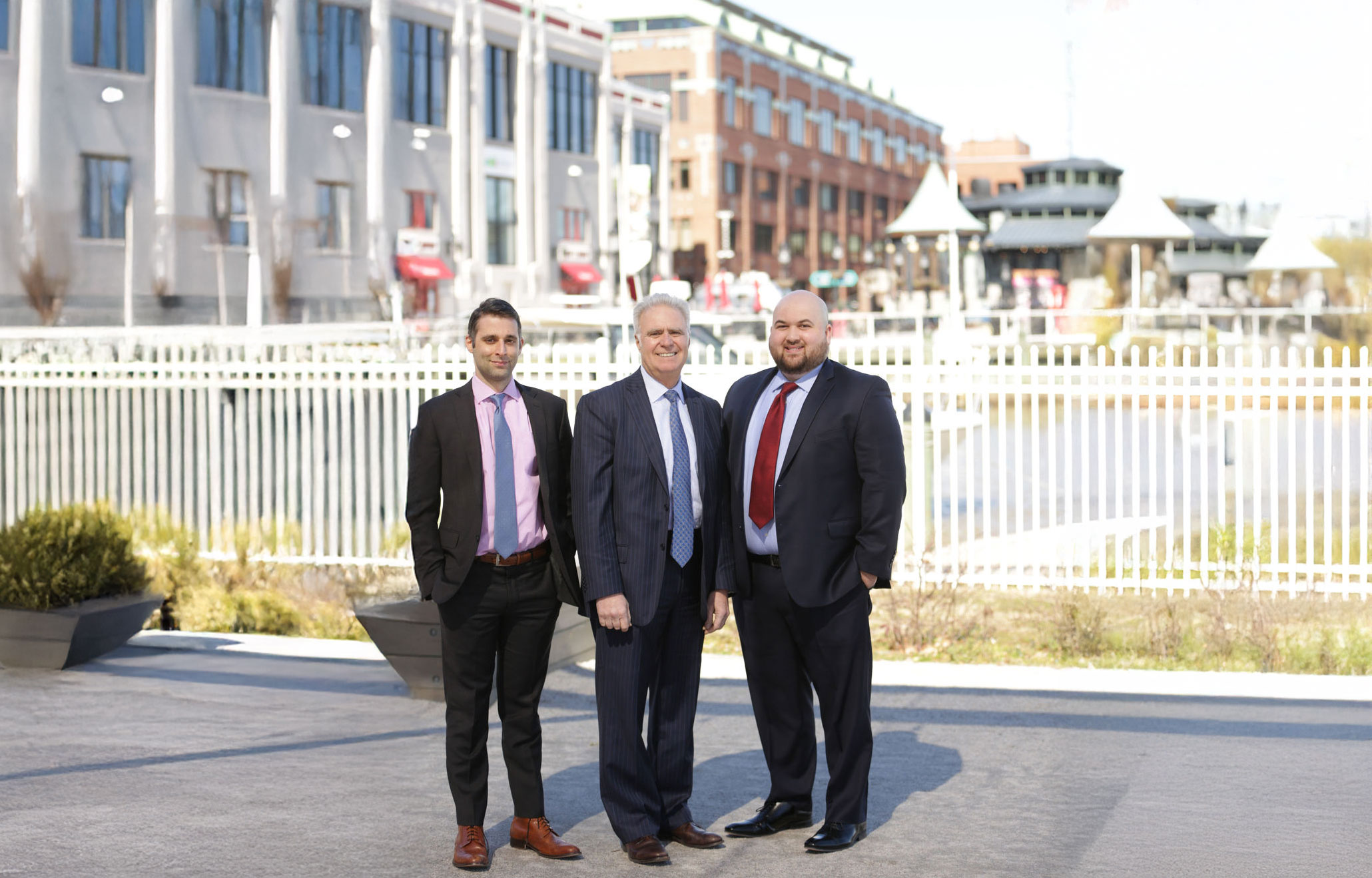The brain is a prized possession in the modern world. Sure, jocks always get the girls, but pop culture icons like Jimmy Neutron, Artemis Fowl, Tony Stark, and Stewie Griffith dominate our society with examples of how intelligence can trump even the most macho of the jocks. But our brains are fragile, and in the line of personal injury law, we see firsthand how negligence can seriously affect the brain and all of its capacities.
The brain is the most precious organ in the body. It controls everything, and never turns off completely. Humans take our brains for granted often by not getting enough sleep and not eating well, but our brains are versatile and continue to support us. Mammalian brains are the largest of all brains, vertebrates and invertebrates alike. They are made up of many parts like the hippocampus, cerebellum, and hypothalamus that all perform specific duties. The human brain is made up of four lobes, or sections: frontal, parietal, temporal, and occipital.
Frontal
The frontal lobe is located, you guessed it, in the front of your brain. Anatomy is nothing if not original. The frontal lobe controls our emotions and social behavior and important functions of the frontal lobe include problem-solving, reasoning, emotional regulation, and motor development. The frontal lobe is also the message center of the brain, receiving and processing all of the information from other lobes. Due to its location, the frontal lobe is often injured, and injuries to this part of the brain are marked by personality changes and riskier behavior.
Parietal
The parietal lobe is located on the center-top part of your brain. The parietal lobe is responsible for processing information from all of the senses as well as aids our spatial awareness and understanding. The parietal lobe is the part of the brain that communicates pain and pleasure and controls how we move and orient ourselves in regard to our environment. Without the parietal lobe, our body would be unable to process the information our senses send us. Last, the parietal lobe is responsible for speech. When injuries to the parietal lobe happen the results can be drastic for our speech, perception, reading, writing, and understanding of language.
Temporal
The temporal lobe is the bottom of the brain, closest to our ears. It is the first part of the brain sound and language that make contact with and is necessary for interpreting sounds and distinguishing between danger and conversation. The temporal lobe is also home to the hippocampus, which is the part of the brain that transfers short-term memories into long-term ones, visual and verbal alike. Injuries to this specific lobe result in difficulty processing sounds, concentration challenges, changes in personality, and a decline in long-term memory.
Occipital
The occipital lobe is the smallest of the lobes and located at the back of the brain. Its primary job is to process visual information, from colors, movement, to visual-spatial processing. While well protected by the skull when damaged, it can be detrimental to our ability to communicate verbally and visually. Injuries result in an inability to recognize colors or objects and can cause us to be unable to understand language.
The four lobes work together to make our abilities whole, but each lobe and the brain as a whole can be further divided into two hemispheres, right and left. Injuries and their aftermath can differ vastly depending on the hemisphere the injury is sustained. Many people have heard about the hemispheres- left-brain dominant versus right-brain dominant people and the characteristics the hemispheres produce.
Right brain dominance is associated with creative, free-thinking. Artists, musicians, writers are all considered right-brain dominant and have a strong sense of intuition and creativity. People who are analytical and more prone to math and science are said to be left-brain dominant. Left brain dominant people are better at processing information logically and sequentially, and can recall facts very quickly.
A great example of this is getting directions from someone.
Left brain: Go north for ½ mile, turn left on White Road and go west for 3 miles.
Right brain: Turn left on the first road past Wendy’s and keep going until you see a blue house.
Right brain people are more prone to using visual landmarks to exact distances, but both methods work.
You don’t have to be on one side or the other. Many people are down the middle, right, and left-brained people. However, even if you are dominant towards one side, the other is not dormant and is still working just as hard. Not only do the hemispheres differ in personality traits, but they also control opposite sides of the body, i.e. the right brain controls the left side of the body and vice versa.
Now that functions have been explained let’s illustrate how injuries can differ depending on the side of the brain damaged.
The obvious first sign of injury is if you’re having trouble moving a specific side of your body. For example, if you’re having trouble raising your left arm, you’ve likely sustained an injury to the right side of your brain and vice versa.
Other symptoms of a right-brain injury include:
- Visual/spatial challenges
- Changes in creativity and music tastes
- Difficulty recalling visual memories
- Decreased awareness of visual related problems
- Inability to think “big picture.”
Left brain injury symptoms, on the other hand, are more verbal in nature. Symptoms can include:
- Difficulty speaking and understanding language
- Depression
- Anxiety
- Difficulty recalling verbal memories
- Inability to think logically
Brain injuries don’t necessarily occur in one hemisphere or the other. Diffuse brain injuries are scattered on both sides of the brain. Effects can include:
- Slower thinking
- Fatigue
- Confusion
- Difficulty holding your attention and concentration
- Impaired skills in all areas (logical, creative, etc.)
This explanation is just an overview, and if you have sustained an injury to your head, you should immediately see a doctor. While brain injuries can be minor many can be debilitating to a person and can be avoided. In 2010 alone, traumatic brain injury was the reason for over 2.5 million emergency room visits and hospitalizations. Of these cases, over 50,000 were fatal, while 85,000 suffered long-term disability according to figures from the U.S. Centers for Disease Control (CDC). Around 30% of fatalities caused by a personal injury can be linked to a TBI.
Traumatic Brain Injury (TBI) is defined by the CDC as a “bump, blow, or jolt to the head or a penetrating head injury that disrupts the normal function of the brain.” TBIs can vary from relatively minor to severe. The most common TBI, concussions, can affect a person for a few days or many years, and studies are still ongoing to find a link between repeated concussions and long-term disabilities and depression.
While many concussions are caused by everyday life, sports, and no-fault accidents, many are caused by negligence. If someone sustains a concussion caused by someone else’s negligence, recklessness, or intentional act, they should pursue a claim for compensation.
Try to always wear helmets and always get bumps and extended headaches checked by a doctor. Our brains cannot be replaced.

